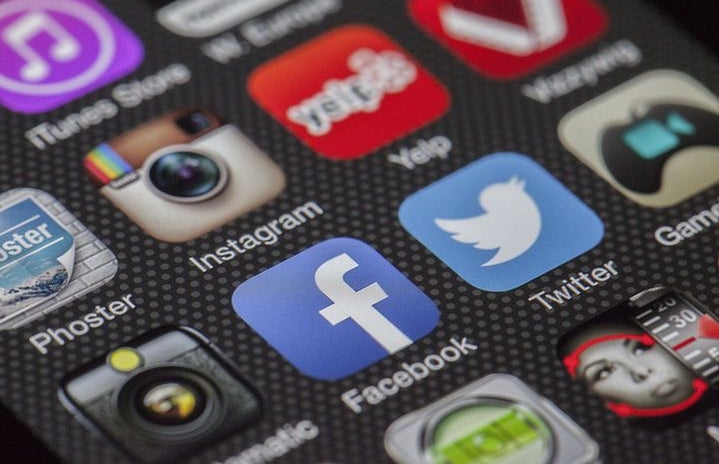The 21st century has seen a perpetual surge in the advancement of new technologies, bringing along with it a plethora of new digitized platforms, many of which play a pivotal role in our day to day lives. Taking a deeper delve into the current scenario of the world we live in, we have become increasingly dependent on many of these digital forums for our everyday lives, encompassing both the personal as well as the professional spheres. It is in this light that we come to know that most, if not all the digital platforms have not always been inclusive per sé and more often than not, tends to become a breeding ground for the rise of sexism against women and cyberbullying.
Ever since the revolutionary introduction of modern technologies,women’s use of digitalised spaces has often been associated with the possibility of gender based discrimination, further reinforcing the norms of sexism and compromising their safety in the digital world. Everyone is no stranger to the fact that women have been subjected to various forms of discrimination and history is replete with instances of the same. With the development of new kinds of technology, it seemed likely that the digital spaces might actually accelerate inclusivity and acclaim greater spaces for women of all communities. However, with the gradual evolvement of these kinds of technologies, this has not been the case and even till today, we can see digital spaces being rife with resistance to the visibility of women making the internet or any digitized forum per sé a hotbed for the spread of gender related violence even in the most virtual of spaces.
Today, in an extremely technological-driven world where our satisfactory algorithm depends on a tweet, Facebook like or an Instagram comment, the boundaries of online and offline has seamlessly dissolved and this has affected a large number of women worldwide. With many girls coming forth to explore the nuances of this digitalised world,women have been allowed unparalleled access to a system of digitalised technological networks. On the other hand, it has been a driving force in the perpetuation of the deep rooted sexist norms on women albeit in a online mode.Let us take for instance a study conducted by the United Nations focusing on data from the South and South-East Asia during the COVID-19 pandemic, it was found that online misogynist hate speech against women increased by as much as 168%.The report also pointed out that a vast majority of the tweets propagating misogyny came from India itself.
We live in a world where even the most virtual of spaces have failed to act as a beacon of hope for women. Every single day in every woman’s life, we all encounter the never ending apprehension of a sudden unexpected attack or the fear that the constant harassment might escalate into something worse. But this kind of fear is something which can now be seen as not limited to the physical sphere but transcends even to the most virtual of spaces. The digital world has increasingly become a tool to subjugate the voices and the freedom of women worldwide, more so in India. Countless numbers of surveys and reports have shown that women have indeed experienced the same kind of vulnerability and harassment they have faced even inside the realms of the digital world. Contrary to public opinion, this abuse cannot be counted as less serious nor should women be shut down as being ‘dramatic’ just because they happen outside the realms of the physical world. Even beneath the facade of the virtual world,the devastating effects of such an abuse cannot be denied.It has actually staggered several females and have made them apprehensive of exercising their right to participate in the online world. This exemplifies the amplification of a new misogynistic culture in India and gives us an unsettling glimpse into the new urban inequalities prevailing in the country.
Even though the world has drastically changed due to these digital spaces, women have not been given enough opportunities to make themselves heard because they are shut down by sexism or worse threats. The architecture of the modern digital world is increasingly being built upon the collective struggles and the muffled voices of thousands of women and the toxic misogynistic inhibitions displayed by men in virtual spaces. The main crux of this issue is that the harassment displayed is all-pervading and right now, what we are witnessing is a step back for a gender equal world. The power of digital spaces must be wielded but not at the cost of risking the further perpetuation of misogynistic sexism against women. The complex and derogatory norms against women cannot be justified. Especially in a democracy like India which is built on the acknowledgement of the power of the people, the structural emancipation and fragility of women is a reprehensible failure of the human societies we live in which needs to be amended immediately in order to ensure that the notions of an inclusive and equal space are truly welcomed in the digital world.

